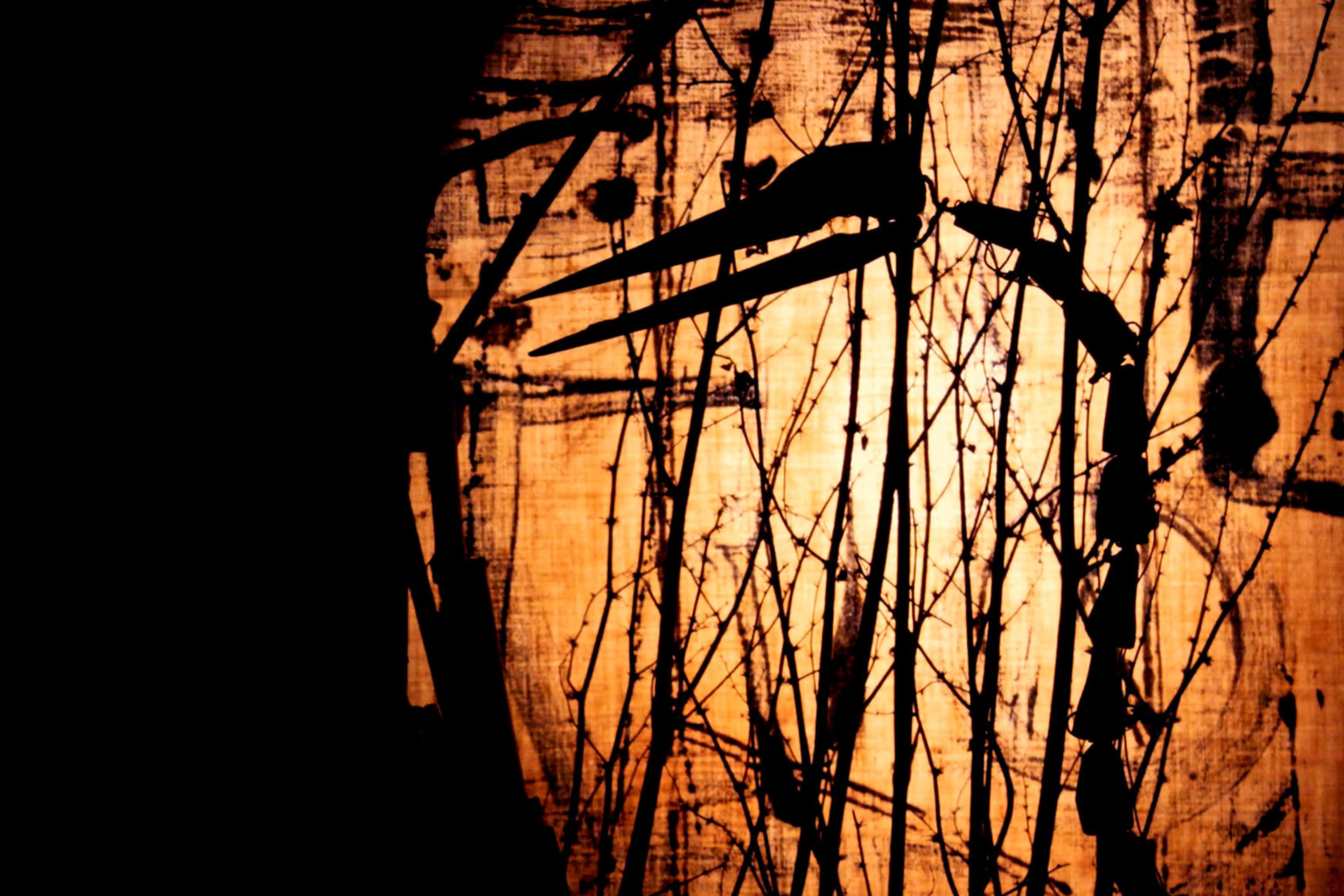Songs bind us to others and preserve the memory of those who have departed. For many, to hear a melody from the past is to be transported back to a time, a place, a person, a feeling. In this way, songs provide comfort and express a depth of feeling that words alone can’t always capture. And as fragments of history, they offer an invaluable window into a society’s values and beliefs. In the Scottish tradition, music is deeply intertwined with folklore, with songs carrying histories, myths, warnings, lessons and superstitions. Passed down orally through generations across centuries, their transmission is a ritual steeped in a rich cultural tradition. But as fluency of Scotland’s founding language, Gaelic, has dwindled to 1-2 per cent of speakers in the country, this heritage of music and folklore risks being washed away by time.
When the Song Dies (2012) explores the elemental link between folk songs and local culture for the Gaelic-speaking inhabitants of the Machars, a Scottish peninsula in the historical county of Wigtownshire, Galloway. For many of the elders in this community, songs are more than family heirlooms – they’re inseparable from their identities. As Sheila Stewart (1937-2014), one of the four Scottish traditional singers featured in the film, expresses, singing and telling stories keeps the spirits of the dead alive. But the subject is also an open wound; bound up with a deep sense of pride is the fear of losing this precious heritage. With the Gaelic language and the songs of her childhood fading, for Stewart, there is a creeping sense that ‘when I go… my culture’s gone’.
Weaving memories, tales and traditional singing together, the Scottish filmmaker Jamie Chambers builds a rich tapestry to illustrate what songs and stories mean to the inhabitants of this rugged coastal town. Footage of the raw landscape shows it to be marked by fragments from a bygone era, from the skeletons of boats to corroded machinery to bespeckled gravestones. Highlighting our human footprint on the land, Chambers reflects on what it means to be connected to those who’ve passed, and what people leave in their wake once they’re gone. With the earthy, stirring sounds of Gaelic singing serving as the soundtrack, naturalistic scenes of rippling water, windswept plains and waves lapping the shores offer a contemplation of what remains after we depart.
In the final sequence, a glass bottle dances on the ocean’s waves, reminiscent of a message in a bottle journeying across the seas. The image evokes the obstacles a message encounters travelling through time, across generations. And, like a message in a bottle, the transmission of these folk traditions, now more than ever, faces a turbulent passage. With sentiment and curiosity, Chambers’s contemplative film communicates hopes for a future that can preserve the traditions of a world gone by – and represents a beautiful effort to keep the bottle moving through the storm.
Written by Olivia Hains







